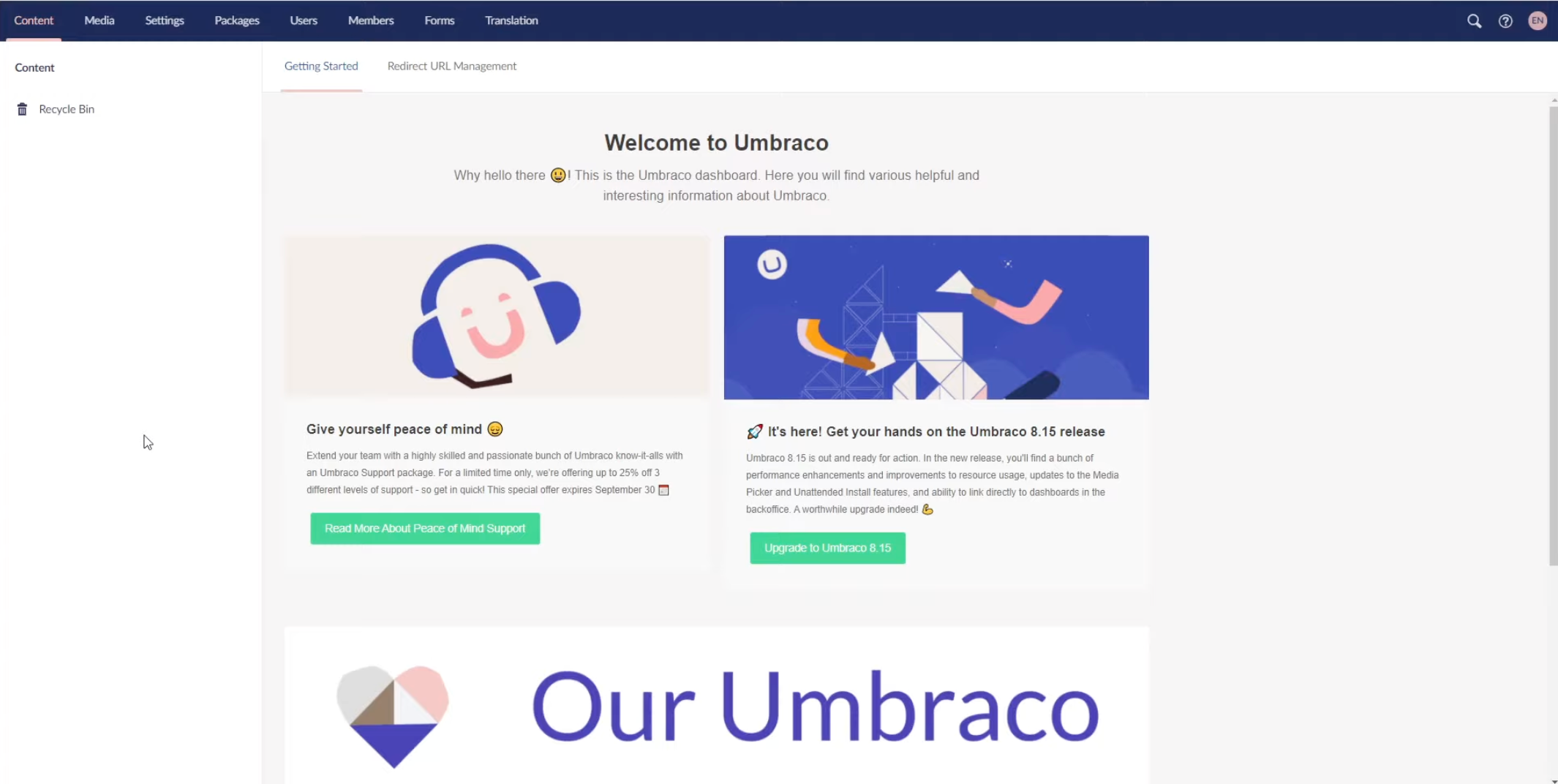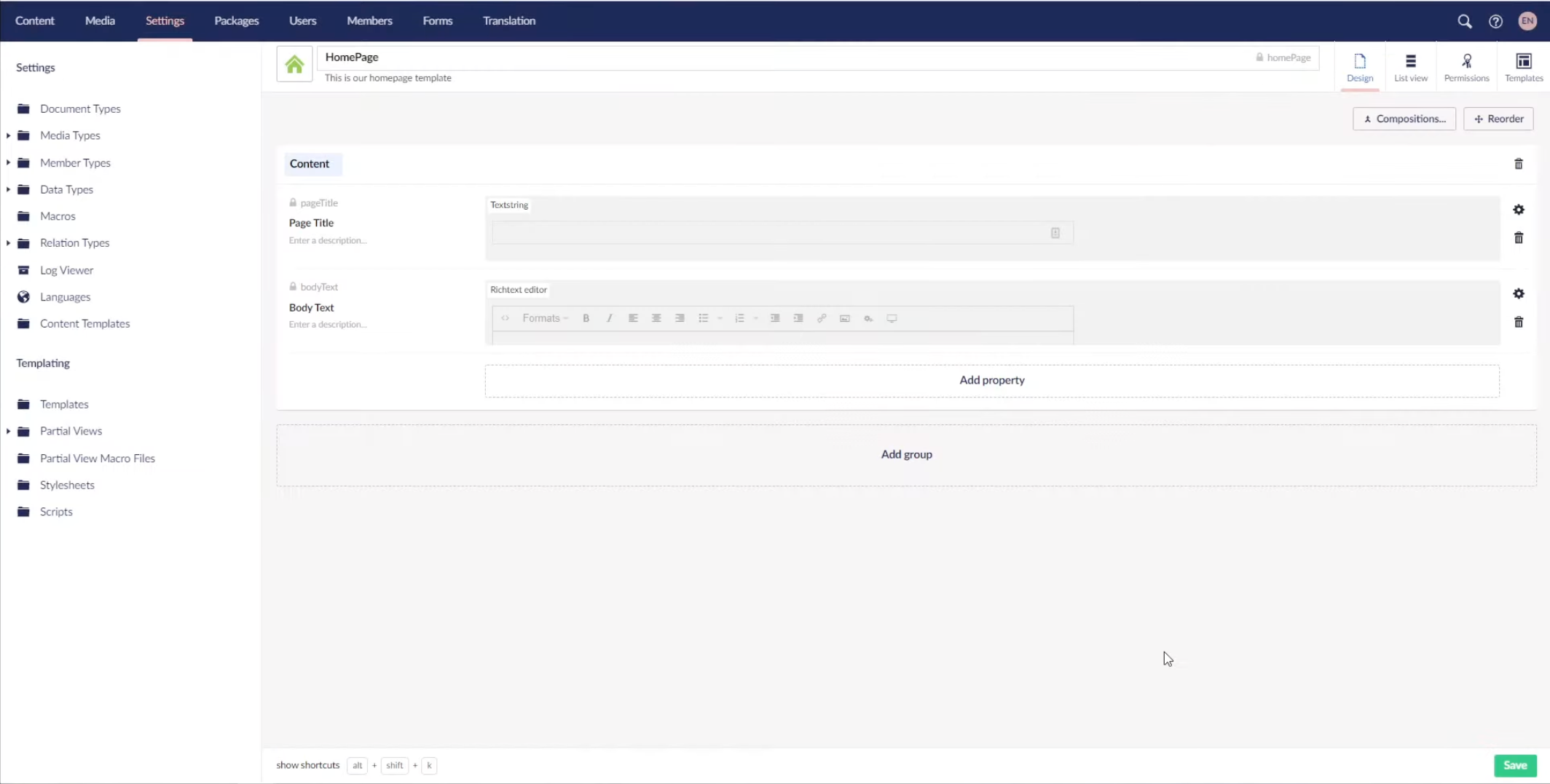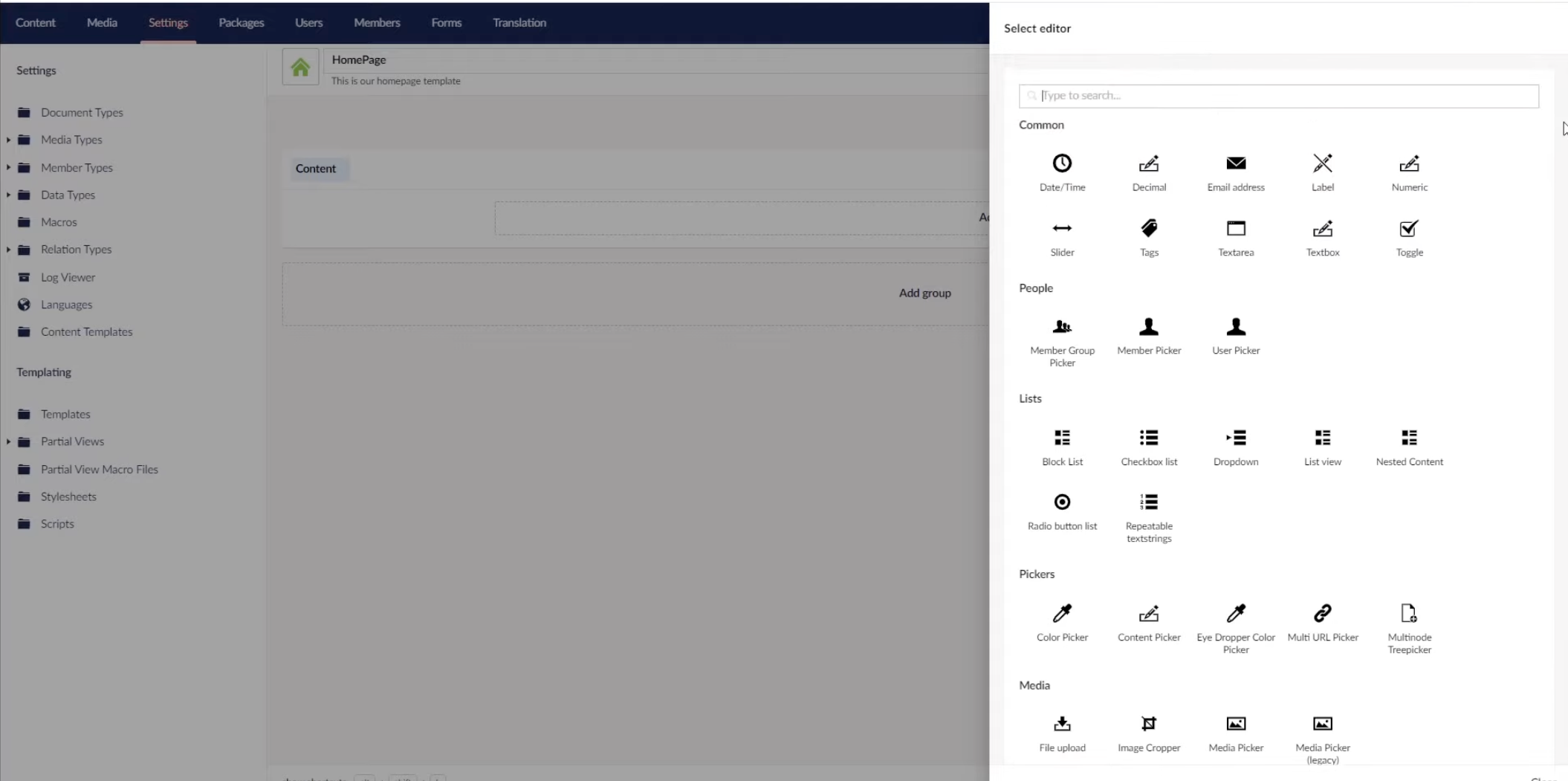Paul's review on Umbraco
Why Consider Umbraco CMS Over Other Platforms
Umbraco CMS might not be the first name you think of, especially with big guns like WordPress or Drupal around, but it's a fair dinkum choice with some real beaut advantages. Built on the .NET framework, it packs a punch in security, scalability, and performance, making it a top choice for businesses after specific customization or who really value security.
Plus, Umbraco is a bit easier to wrap your head around compared to other .NET-based CMS options. It’s perfect for new developers getting their feet wet, but still robust enough for the seasoned pros. The back-office interface is a breeze, letting even the non-techy types manage their website’s content without a hassle.
Understanding Umbraco CMS
Umbraco's this fully-featured open-source content management system that can handle everything from small campaign sites to complex applications for big corporates and major media sites. The beauty of Umbraco is its no-cost base product and open-source licensing, which cuts down the total cost compared to other proprietary systems.
The community behind Umbraco is active and supportive, chucking in a heap of great plugins and extensions. These additions from the community beef up Umbraco's core capabilities and let users shape the system to their exact needs without starting from scratch.
Exploring Umbraco: The Interface and the Experience

The user interface is pretty straight-up. Up top in the View, there's the CMS nav where you can pick from a bunch of config options—everything from adding media files to sorting out members and translations. But for now, let's zero in on the Settings tab, shall we?

This is where we can whip up a document type for our schema. First off, you create the document, chuck in an icon or switch up its colour, and you can even throw in a description if you like. Next, we sort out properties that gotta be grouped together. For each one, you've got to pick its editor. Cool?

So, we've got different editors to pick from, depending on what each property needs, right? Choose the one you want and hit submit. From there, you can start editing the property with your chosen editor and get real content onto the site. Plus, you can switch up the content editor view, handle permissions and templates, or fine-tune settings for each doc and property.
The Technical Edge: Umbraco CMS’s Foundation on .NET
Umbraco's built on .NET, which means it’s stable as, thanks to enterprise-level support. It benefits from Microsoft's regular updates and security enhancements, critical for a secure and modern web presence. Plus, its .NET roots mean Umbraco can handle a ton of data and traffic, which is ace for businesses on the up and up.
The API-first approach of Umbraco also makes it a smart choice for the future, allowing for smooth integration with existing systems and the flexibility to hop onto new technologies. It's tops for businesses wanting to use a headless CMS architecture, serving content to not just web browsers but mobile apps and IoT devices.
Versatility in Project Application
One of Umbraco’s biggest strengths is its versatility. It's right at home with a range of web applications, from simple sites to complex e-commerce platforms. Its customizable nature means developers can tailor the system to fit specific project needs, which is a huge plus over more rigid platforms.
The CMS is also a star when it comes to content management, making it perfect for content-heavy websites. You can use it to manage multiple sites in different languages, which is great for businesses with a global footprint.
Market Presence and Growth Potential
While Umbraco’s not as widely known as WordPress, it’s on the rise. This growth shows the platform’s quality and the value it offers. As more companies hunt for reliable and secure CMS platforms, Umbraco’s likely to keep climbing in popularity.
The community is key to Umbraco’s growth. With regular meetups, conferences, and a vibrant online scene, there’s loads of chances for users and devs to share know-how, fostering a solid collaborative environment for the platform’s development.
Ease of Integration and Use
Umbraco’s becoming a favorite for its user-friendly back office, making life easy for content editors. This ease of use extends to developers too, with a straightforward API and simple developer workflows.
Integration with other systems is a piece of cake, thanks to Umbraco’s flexible architecture. Whether it’s e-commerce, CRMs, or any third-party tools, Umbraco has the connectors and APIs to make integration smooth as.
The Open Source Advantage
Being open-source, Umbraco benefits from the collective smarts of a global developer community. This lot keeps the platform secure, up-to-date, and packed with features.
Users can get stuck into the source code, chip in on development, and even sort out issues themselves, often quicker than waiting for an update from a proprietary vendor. The platform’s always adding new features too, staying at the sharp end of web content management.
License-Free Operation
Unlike a lot of CMS platforms that slug you with licensing fees, Umbraco is free to use. This is a huge win for businesses of all sizes, letting them put more into custom development or other parts of their digital strategy, rather than forking out for software licenses.
This cost-effectiveness doesn’t mean you’re skimping on quality. Umbraco still delivers a comprehensive suite of tools and features that can handle the demands of complex websites and applications, all without the extra hit of licensing costs.
Headless CMS Capabilities
Umbraco's got this headless architecture feature that's really forward-thinking, future-proofing your digital investments. As a headless CMS, it can dish out content to any device or channel with internet, offering heaps of flexibility for content delivery.
This setup separates the content repository from the presentation layer, so businesses can redesign websites or launch new apps without mucking around with their content. Plus, it lets you use modern frontend tech, boosting user experience and speeding up development.
Umbraco for Businesses
Businesses can use Umbraco for anything from a simple website to a full-on integrated system. It’s got solid e-commerce solutions, marketing tools, and multi-language support, which are vital for businesses going global.
Umbraco’s also SEO-friendly, making sure websites built with it can rank well and stay there. The platform’s customizability means businesses can fine-tune their site to perfectly suit their audience and industry.
Cross-Platform Functionality with .NET Core
With .NET Core in the mix, Umbraco’s now cross-platform, running on Linux and macOS as well as Windows. This opens up heaps of opportunities for development and deployment, letting teams use the tools and platforms they’re most comfy with. It's another reason why a diverse range of businesses and organizations are jumping on board with Umbraco.
In Summary
Umbraco isn’t just another option alongside WordPress. It's a powerful, flexible, and user-friendly CMS that’s ready for the future. With its solid .NET base, open-source community, and headless capabilities, Umbraco offers a dependable and adaptable solution for web development. As it keeps growing in popularity, it’s definitely worth a gander for any business looking to build a solid online presence.


Why Consider Umbraco CMS Over Other Platforms
Understanding Umbraco CMS
Exploring Umbraco: The Interface and the Experience
The Technical Edge: Umbraco CMS’s Foundation on .NET
Versatility in Project Application
Market Presence and Growth Potential
Ease of Integration and Use
The Open Source Advantage
License-Free Operation
Headless CMS Capabilities
Umbraco for Businesses
Cross-Platform Functionality with .NET Core
In Summary












